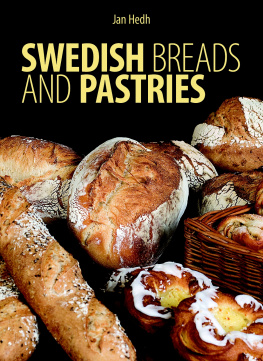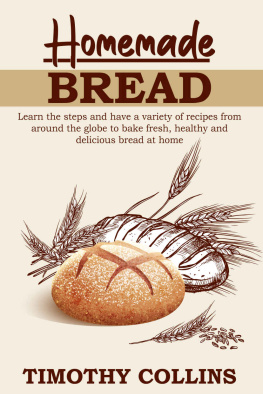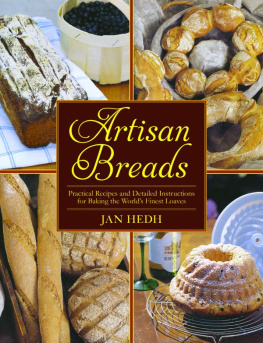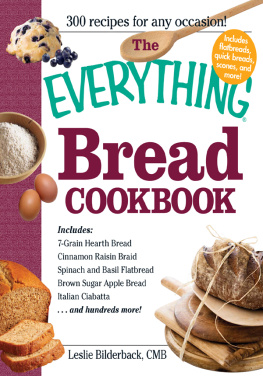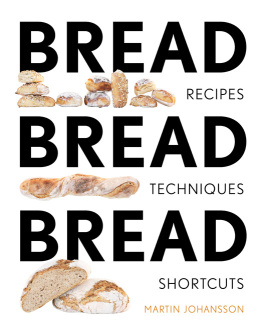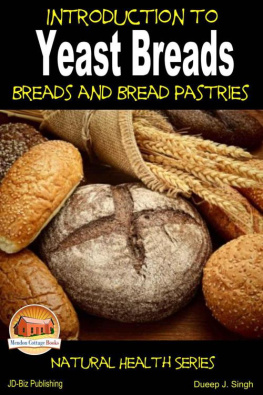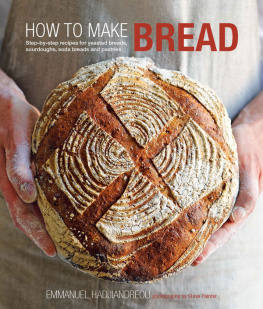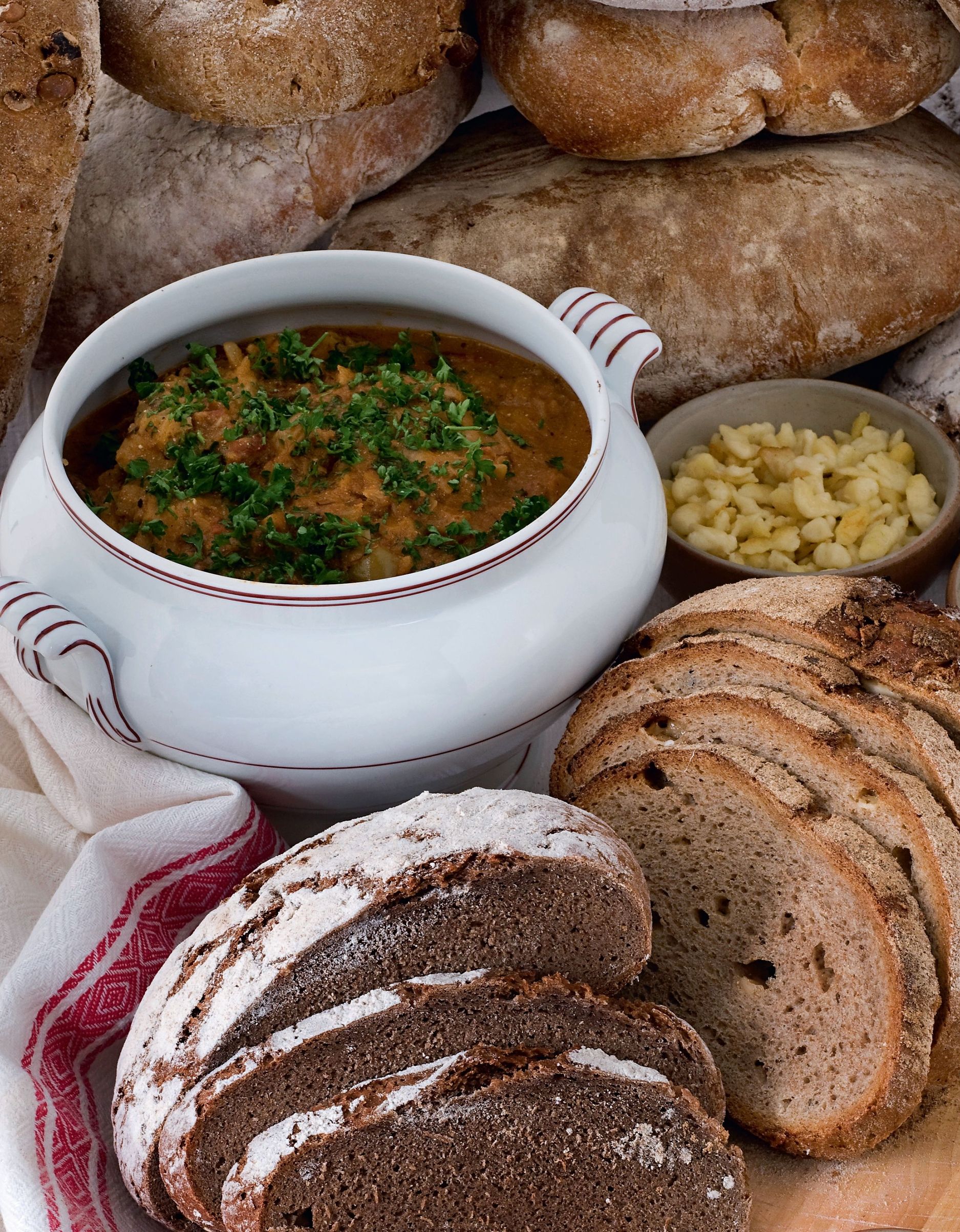At Olof Viktors Bakery in Glemminge, we see long lines of bread lovers who appreciate the taste of bread made in a firewood ovennothing compares to this bread. These days, each and every baker claims to be using a brick oven. However, using a firewood ovenstarting with 75 kilograms (165 pounds) of firewood, kindling, and then letting it burn outis completely different from simply plugging into a wall. Several hours later, you sweep out the embers and the oven is ready for use. When you put the leavened bread into the oven with a bakers peel and feel the smell of the fire, you are truly baking. Anything else is a simulation that could never create quite the same aroma or flavor.
I remember a conversation with the French baker Poilne after having inspected his new brick-oven bakery in London, shortly before he crashed his plane into the English Channel. In order to acquire a permit for building a brick oven in central London, he first had to ask both the Queen and Lord Mayor for permission. To him, however, using any other oven for baking was completely unthinkable. Since he passed away, his daughter has been running the bakery in London and in Paris. They deliver bread every day across the world from their Paris headquarters. They make only one kind of levain bread, though their brand is strong in the industry.
Home bakers need not despair over the lack of these professional resources, however. One can actually simulate a firewood oven more than passably by putting a baking stone, roughly 23 centimeters (1 inch) thick, in a regular oven. These stones have recently become fashionable in assorted kitchenware stores, much like other baking tools and fermentation bucketsbaking has once again become hot! Preheat the stone, or at least a tray, low in the oven at 250C (482F). When putting bread in the oven directly onto a preheated stone or tray, it rises immediately instead of waiting for the base to heat up.
Golden rules of baking
First of all: Keep your tools handy. Use a good digital scale, if possible, to measure all ingredients carefully. Volume measurements are never as accurate.
Whether the dough should be kneaded by hand or using a machine is constantly debated. I prefer a machine, since it is laborious to knead the dough by hand long enough for the gluten to develop, and the results are rarely as good. Use a highly precise digital oven thermometer to ensure that your oven is showing the right temperature. You can also use it to measure the dough temperature and bread that is finished baking.
There is a great variety of rolling pins of different materials and designs: wood, marble, or teflon, from small and simple models to large professional rolling pins with ball bearings. Wooden rolling pins are the most versatile.
Flouring the table surface prevents the dough from sticking to it and makes it easier to roll out the dough. Sometimes sifting is necessary, especially when mixing in leaveners such as baking powder, bicarbonate of soda, cloudberry salt, etc.
At Olof Viktors Bakery, where Maria Olsson is the manager and runs the production, pre-doughs and scaldings are made on the first day. The dough is kneaded the next day and left to rest. It is then divided into loaves and left to rest for a minimum of 16 hours in the refrigerator. This method enhances the breads aroma. The long rising time allows the flour to absorb the water properly, and the sourdough to pick up all of the aroma from the grains. The cold leavening provides the bread with the right amount of acidity and even improves the baking ability of the dough.
During its first rest, the dough benefits most from staying in a lightly oiled plastic container covered with a lid, not a baking cloth. Use a container that holds up to 10 liters (2.6 gallons).
I prefer leavening the bread in a floured bucket or on a floured cloth, in which case the cloth is pulled up slightly between the loaves so that they rise upward rather than sideways. This is especially important when working with loose dough. Oftentimes, I also leaven the bread on a floured wooden plate using nothing more than the heat in the room to speed up the process.
When buttering pans for breads and soft cakes, use soft butter, not melted. Unsalted butter is generally fresher than salted. Too much butter can make the dough collapse, whereas too little could cause the bread to get stuck in the pan.
Tip for buttering pans: Mix 1,000 grams (6 cups + 2 tablespoons) of soft butter with 200 grams (1 cups) of sifted potato flour. Margarine, naturally, is forbidden!
Traditionally, a badger brush is used to brush the dough with egg, icings, etc.
When baking at home, I usually spray a little water into the oven with a squirt bottle to wet the surface of the bread while baking; the damp heat helps the bread to expand more easily and become light and airy. Baking bread without any steam dries out the surface and keeps it from expanding the way it should. In the old days, bakeries were sometimes referred to as steam bakeries. It was also customary to strokefor example, French breadwith a brush dipped in water after the loaf was taken out of the oven in order for it to crackle nicely.
Always let the bread cool on a metal oven rack to quicken the cooling process.
Hygiene is, of course, a very serious matter. I recommend taking off both wristwatches and rings while baking, as flour has a tendency to reach into small spaces.
Bakers Swedish
Anrrning The same as scalding (see below), except with a smaller amount of flour, which holds the bread together better.
Baka av (Bake off ) Baking in the oven.
Bltlggning (Soaking) Soaking whole grains, cut rye, or wheat and coarse grains until they swell.
Bortgrning (Combining) Mixing all of the ingredients, including any potential pre-doughs, into one dough.
Brcka av (Breaching/Breaking off) Breaking off/dividing the dough into buns and loaves.
Degrand (Dough brim) Refers to a condensation of dough inside of the bread, usually at the bottom of the loaf. This is most common for whole grain breads made from rye flour or sifted rye. It can happen for a variety of reasons: flour too rich in diastisis; too much sugar, syrup, or malt; unripe or cold dough; or toolow oven temperature.
Direkt degfring (Direct dough making) Making dough without using any kind of pre-dough.
Dofta (Dust) Dusting flour over the dough or baking table.
Elasticitet (Elasticity) The doughs ability to stretch.
Frdeg (Pre-dough) See page 32.
Grnt brd (Green bread) Burnt bread.
Indirekt degfring (Indirect dough making) Starting by making a pre-dough.

